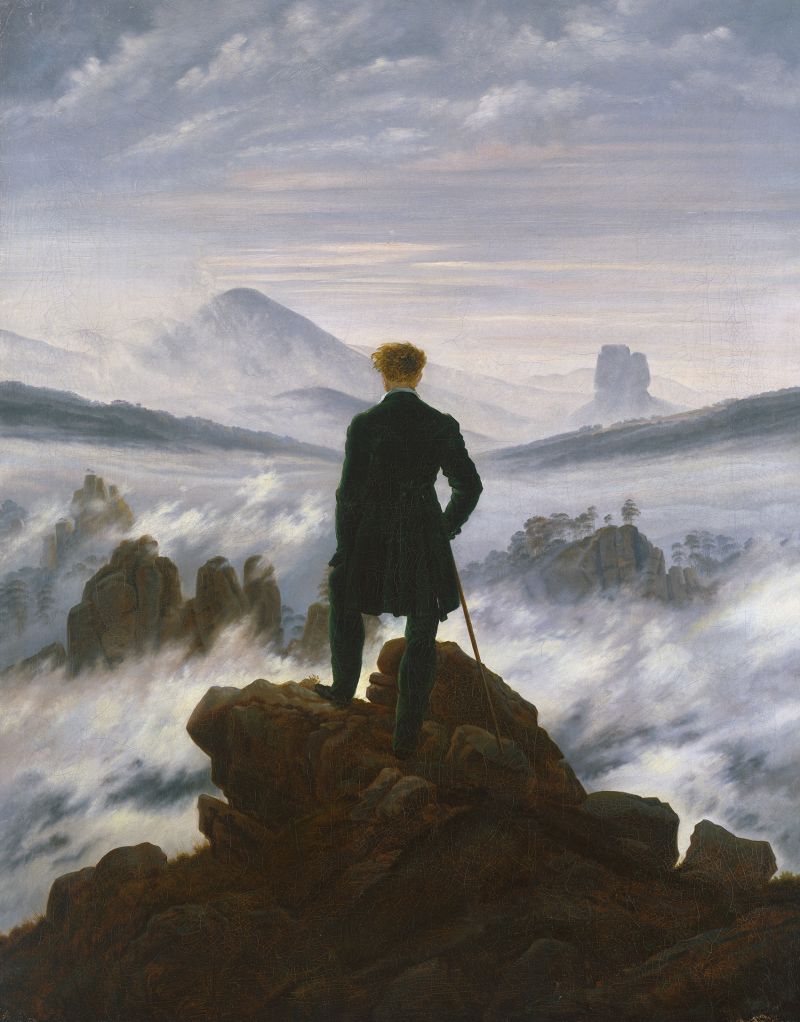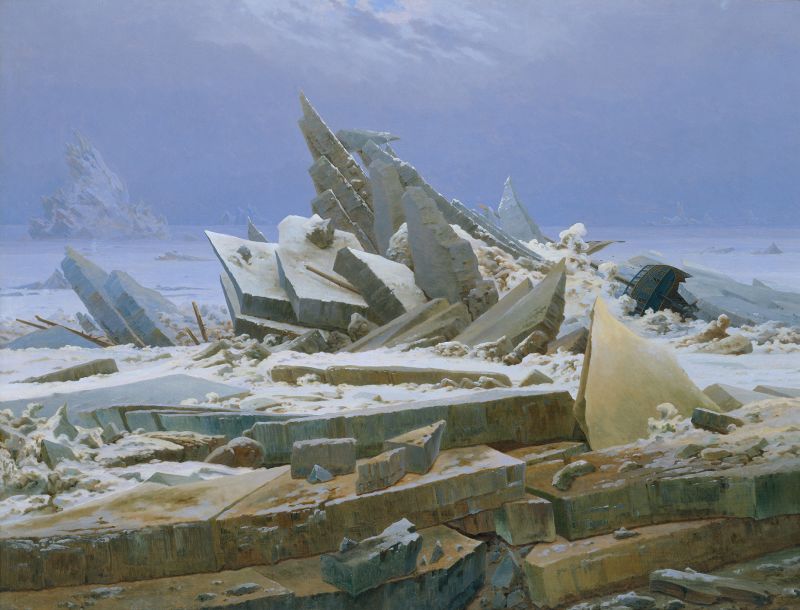
The Revival of Caspar David Friedrich: A Romantic Visionary

As the 250th birthday of Caspar David Friedrich approaches, the art world is abuzz with excitement over the revival of the German Romantic artist's reputation. From forgotten obscurity to newfound acclaim, Friedrich's work is receiving the recognition it deserves.
A Romantic Visionary Rediscovered
Caspar David Friedrich, a German Romantic artist, passed away in 1840, leaving behind a legacy that was nearly forgotten by the contemporary art world. However, as his 250th birthday approaches, Friedrich's reputation is experiencing a remarkable resurgence, propelling his work into the spotlight once again.
Caspar David Friedrich's work "Man and Woman Contemplating the Moon."
The upcoming year is set to be a monumental one for Friedrich, with three major exhibitions planned in Germany. The first exhibition, dedicated to Friedrich's new vision of man's relationship with nature, opened in December at Hamburg's Kunsthalle, showcasing his iconic masterpiece 'Wanderer Above the Sea of Fog' (circa 1817). Following this, Berlin's Alte Nationalgalerie is set to open its exhibition on April 19, and Dresdens Albertinum and Kupferstich-Kabinett will present their showcases in August. Additionally, smaller cities such as Weimar and Greifswald, Friedrich's birthplace, are also planning exhibitions to honor the renowned artist.
Perhaps Friedrich's best known work, the oil painting "Wanderer Above the Sea of Fog" is currently on display at Hamburg’s Kunsthalle.
Berlin's Role in Friedrich's Resurgence
Berlin played a pivotal role in the rediscovery of Caspar David Friedrich's art at the beginning of the 20th century. The exhibition 'Caspar David Friedrich: Infinite Landscapes' at the Nationalgalerie will delve into the gallery's influence in reviving Friedrich's legacy. During his lifetime, Berlin was central to Friedrich's success, with his landscapes exhibited and admired by prominent figures such as the Romantic poet Clemens Brentano, the playwright Heinrich von Kleist, and the crown prince, who later became Frederick William IV.
Friedrich's "The Monk by the Sea," which was was painted between 1808 and 1810 in Dresden, Germany.
The crown prince, known as the 'Romanticist on the throne,' played a significant role in promoting Friedrich's work, ultimately leading to the acquisition of several important pieces by his father, Frederick William III. These acquisitions solidified Berlin as home to one of the most significant collections of Friedrich's works, paving the way for his influence to extend beyond Germany. The crown prince's sister, Charlotte, also played a crucial role in introducing Friedrich's art to Russia, where his works are still revered today.
Friedrich's "The Sea of Ice" depicts an arctic shipwreck.
The Enduring Legacy of Friedrich's Art
Despite falling into obscurity at the beginning of the 20th century and facing challenges associated with its post-war reputation, Caspar David Friedrich's art has experienced a remarkable revival. The 1906 exhibition of German art from 1775 to 1875 at the Nationalgalerie marked the beginning of this resurgence, leading to a gradual increase in Friedrich's popularity.
Today, Friedrich's influence continues to captivate contemporary artists, with his work inspiring renowned figures such as Gerhard Richter, who drew inspiration from Friedrich's painting 'The Sea of Ice' for his own artistic endeavors. The enduring appeal of Friedrich's art is evident in the growing international recognition and the continued fascination with his timeless vision of nature and humanity.

















